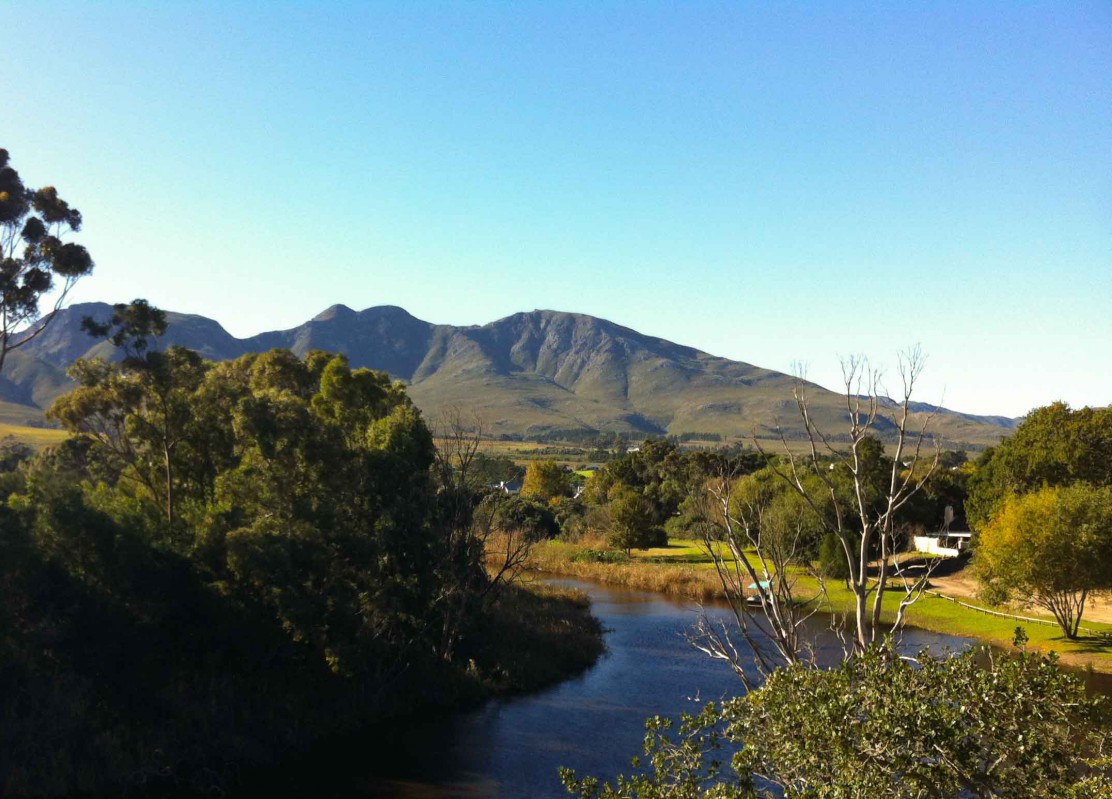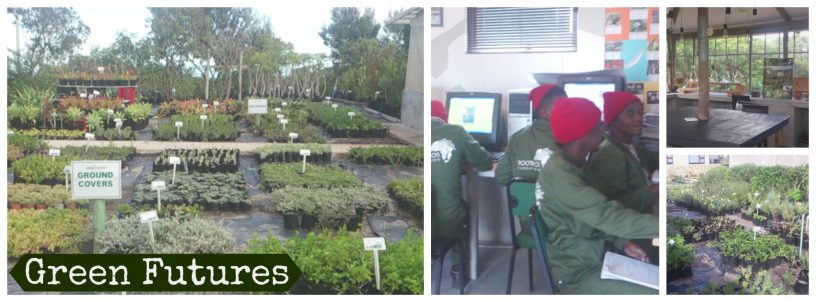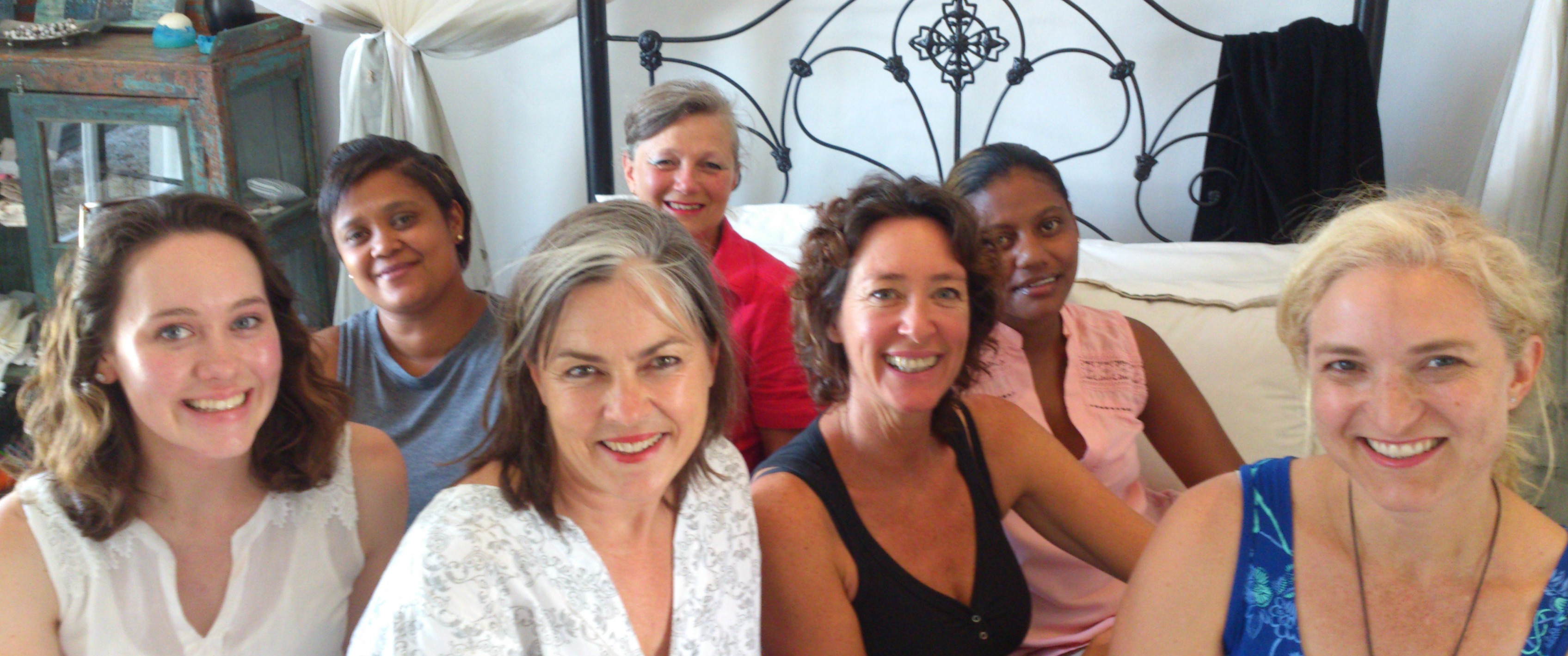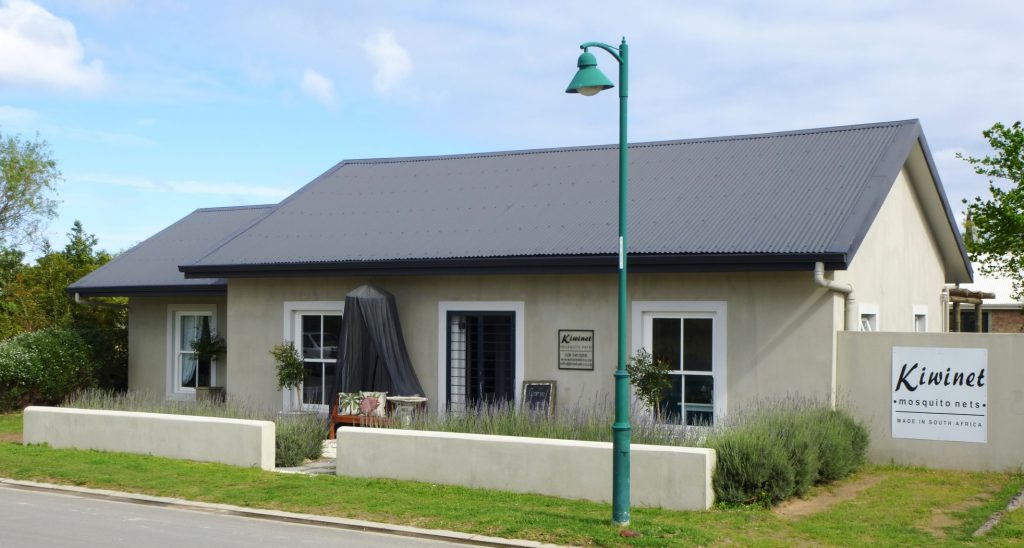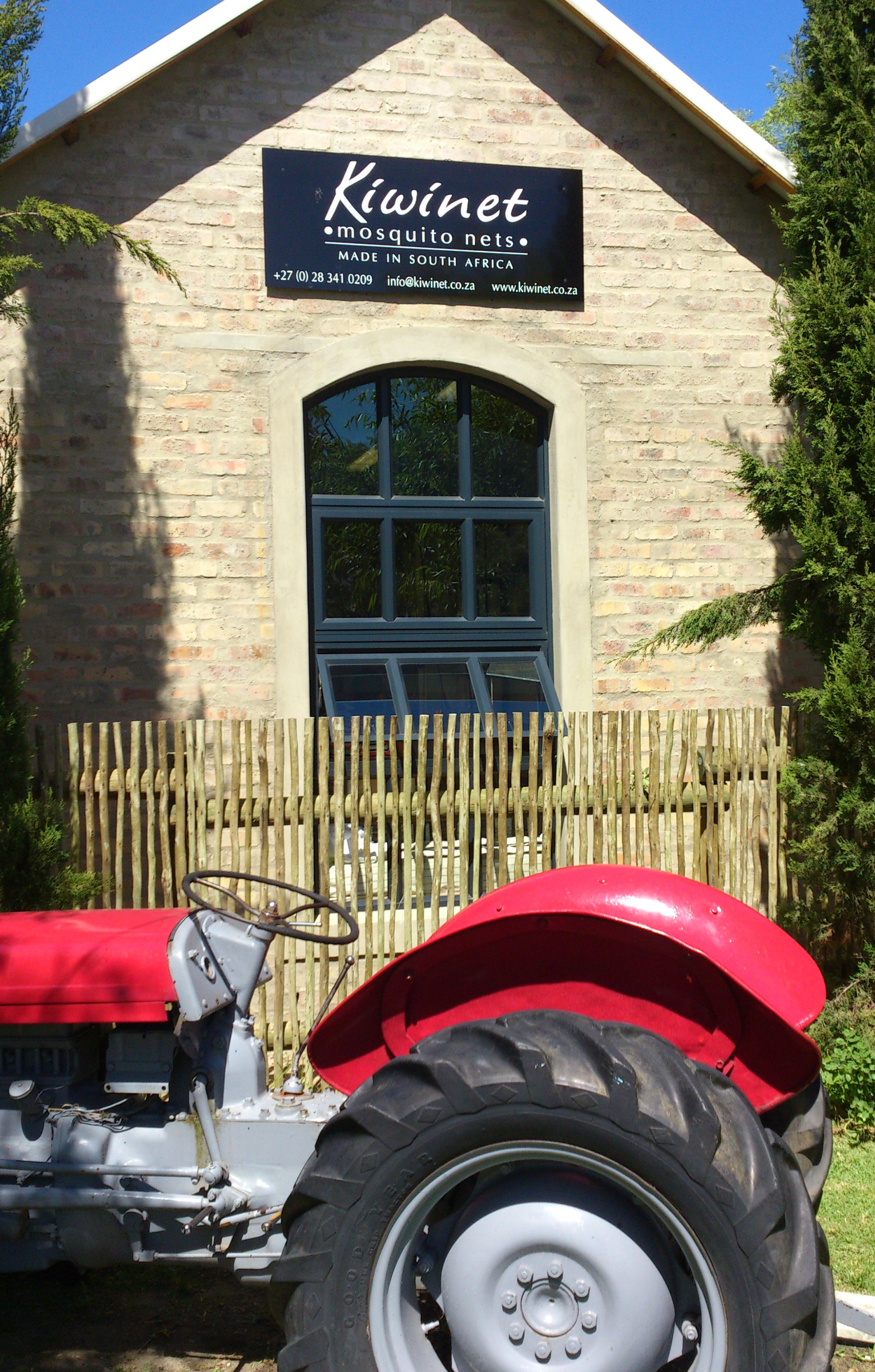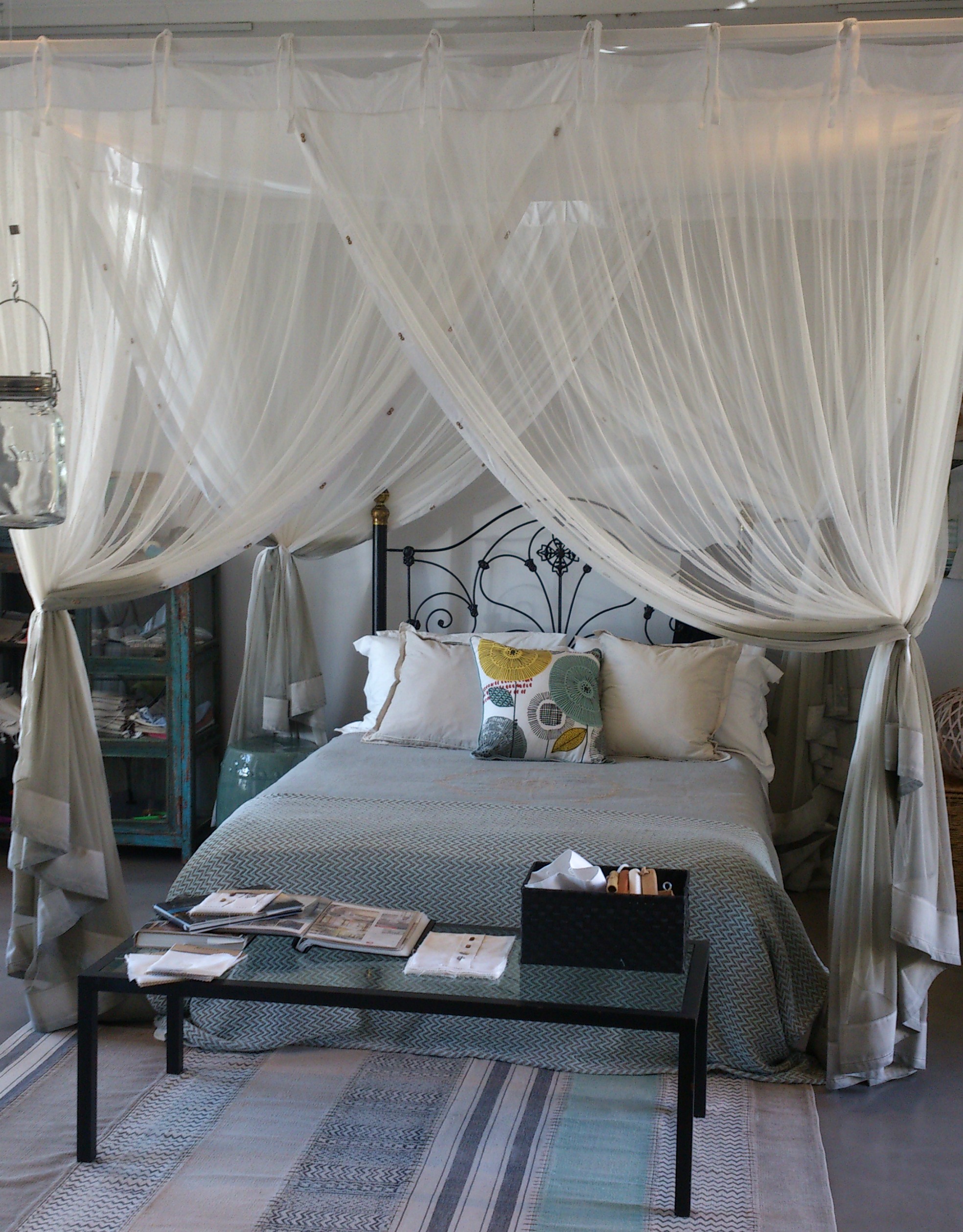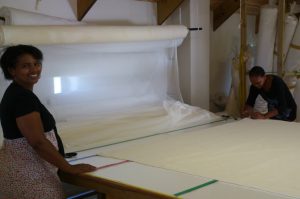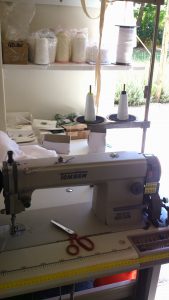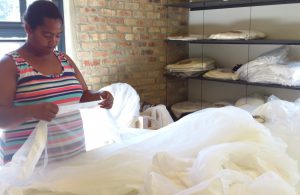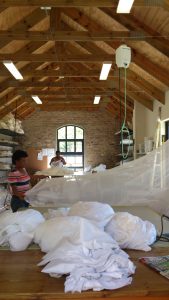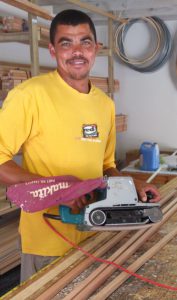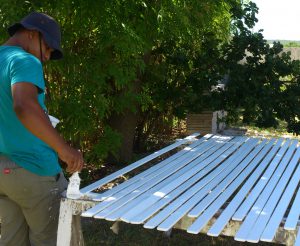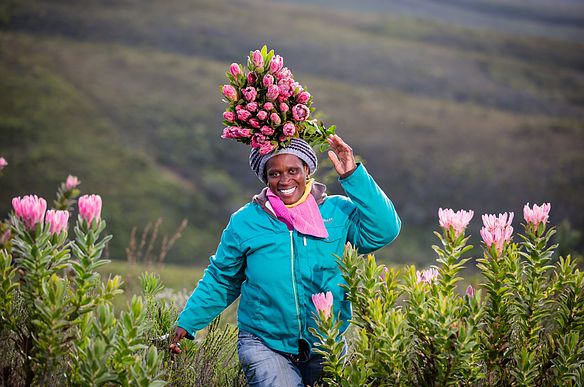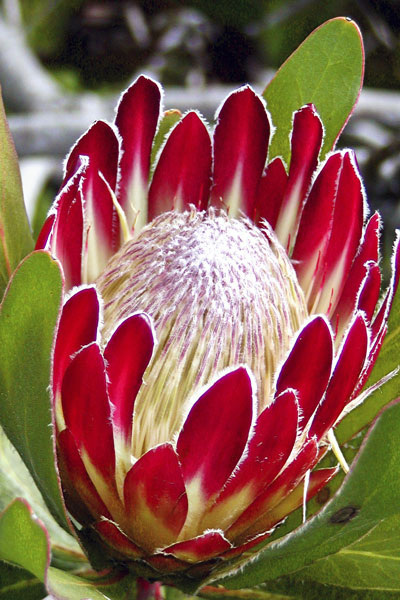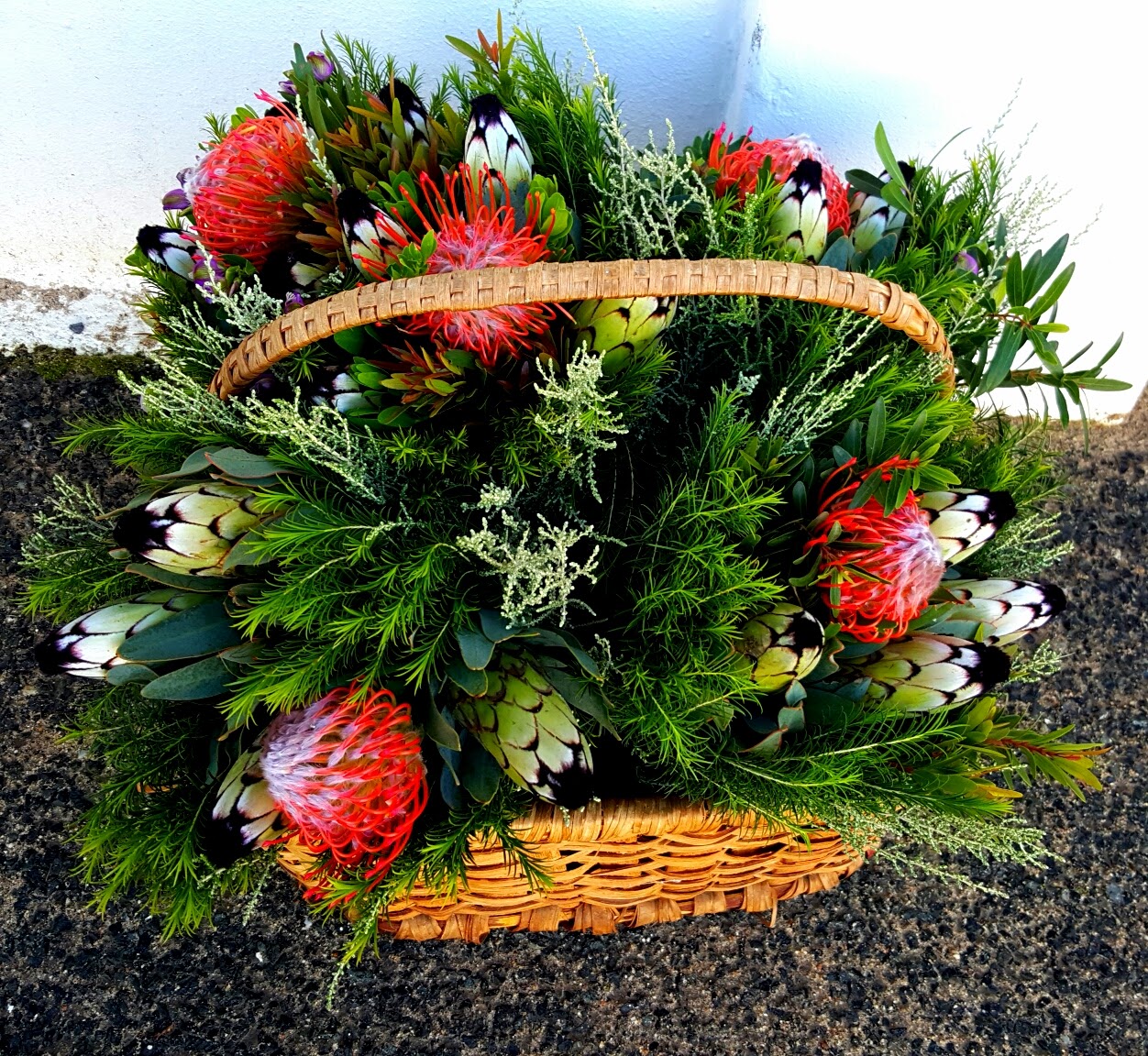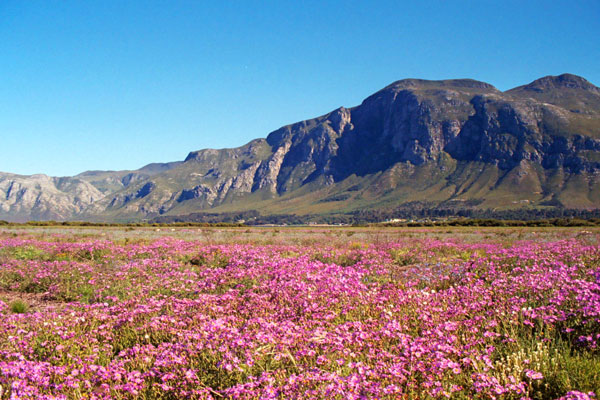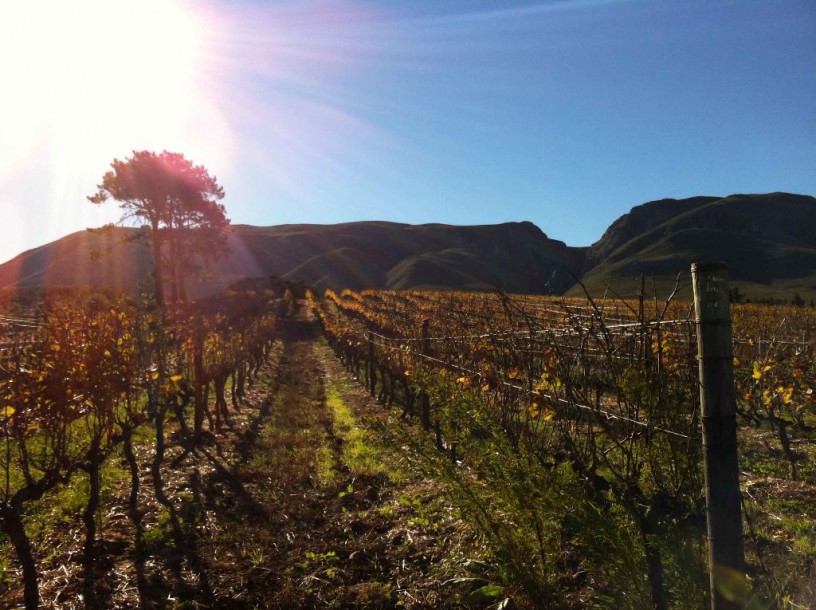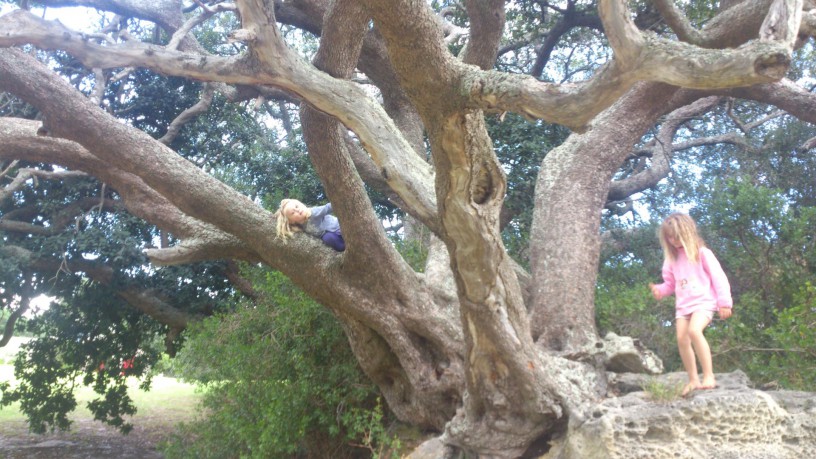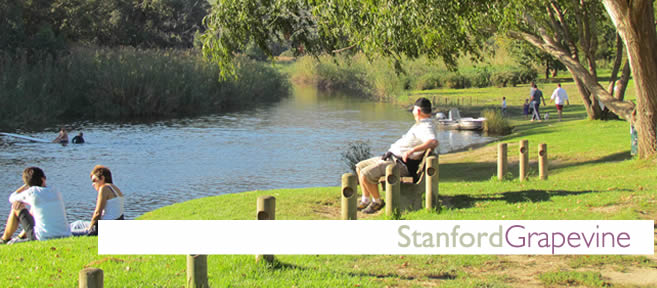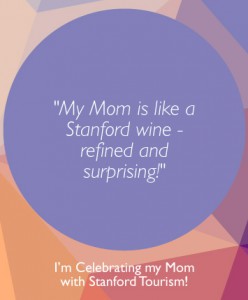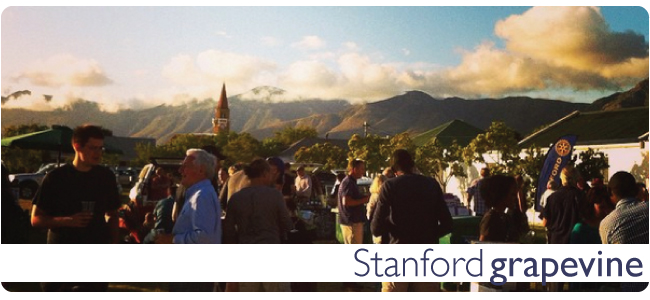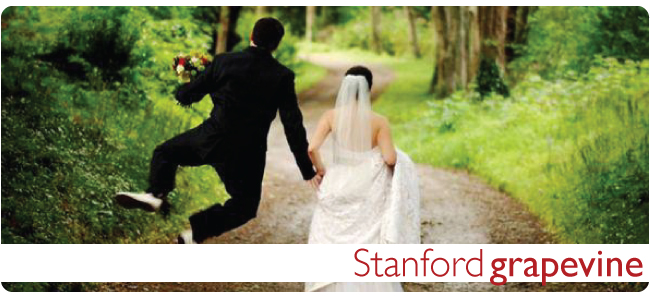Stanford is fortunate to be a mere 10km from Grootbos, an astonishingly beautiful guest lodge that reclines discreetly on the fynbos slopes above the Walker Bay Whale Sanctuary. Built from earthy materials like stone and wood, with huge glass windows to maximize views, Grootbos blends into its natural surroundings. Winding pathways curl through ancient milkwood groves, and bright and smiling staff welcome visitors to Forest Lodge and Garden Lodge, two halves of the same destination. Grootbos is also the home of the Grootbos Foundation which is a non-profit organisation fully committed to empowering and uplifting local people by developing sustainable livelihoods through ecotourism, enterprise development, sports development and education. Everyone benefits.
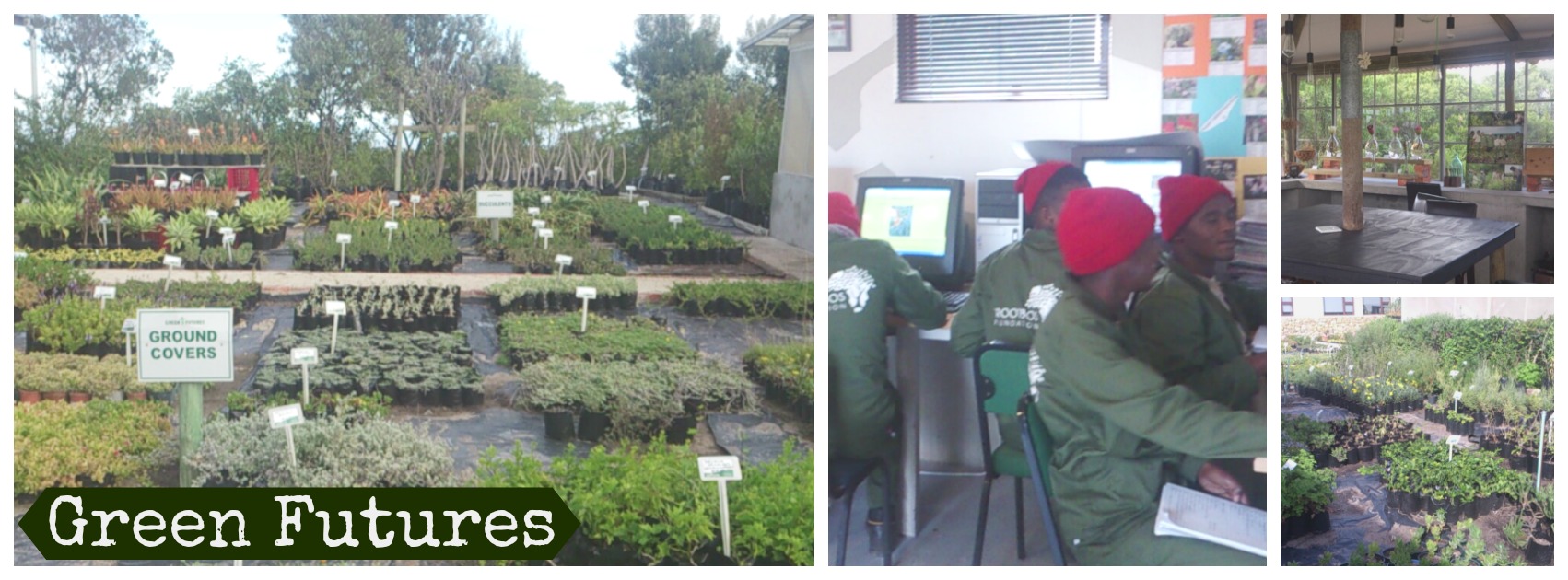
Greener futures for all through learning and growing
From the staff and students at the Green Futures Programme, to the children on the sports fields in Gansbaai, Stanford and Hermanus, to families in Masakane, Gansbaai who have access to a community garden where they can grow and then sell fresh produce, the Foundation is committed to giving back. The Foundation creates jobs, and teaches people sustainability in a world which is only gradually beginning to consider introspection regarding our consumerism. The Grootbos Foundation offers in-house training with certifications in eco-tourism, with the emphasis being on preserving and even expanding the indigenous flora and fauna of our surroundings. One team is working on linking the pristine fynbos nodes in a continuous corridor from the Walker Bay Conservancy all the way to the Agulhas Plains and the Southernmost Tip of Africa. This will not only create jobs and preserve nature, but it will create an experience for visitors to travel, and will improve the knowledge of locals and farmers so that farming and livelihoods can become more sustainable and successful in the future.
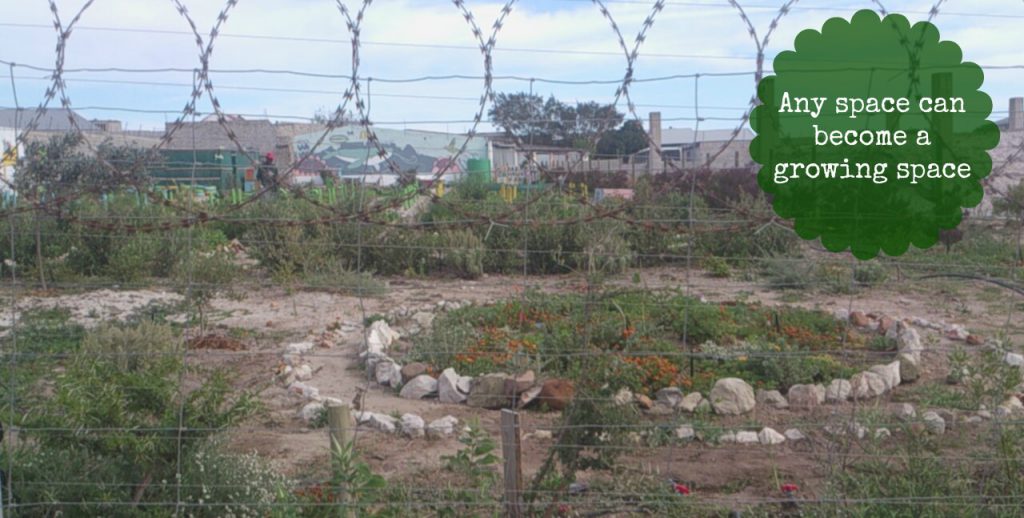
A Grootbos Foundation Project: The Community Garden in Gansbaai where people can plant and tend their own allotments, growing food for their families and for sale.
The team at the Grootbos Foundation dreams big, and it puts its money where its mouth is. No plastic or straws are permitted on the property which now bottles underground spring water in glass reusable bottles for lodge guests. The nursery is full of cuttings and seedlings lovingly borrowed from nature. Volunteers and students help coach sport at local schools wherever they are invited, including the Stanford Canoe Development Academy. The general optimism and enthusiasm of everyone at the Grootbos Foundation is inspiring.
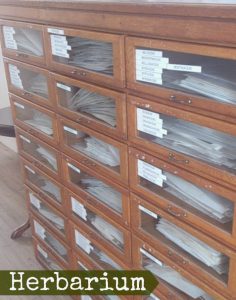
Grootbos herbarium filled with every plant species found at Grootbos
Michael Lutzeyer, owner of Grootbos Private Nature Reserve, believes that everyone can grow food, anywhere, and his passion for fynbos and conservation is evident everywhere. The Grootbos Foundation is prolific in the work they do to help people in this region. Their imagination and generosity knows no bounds – all we need to do is to take their hands and walk with them on this amazing eco-tourism conservation journey. This is exactly what Stanford Tourism and Business intends to do.
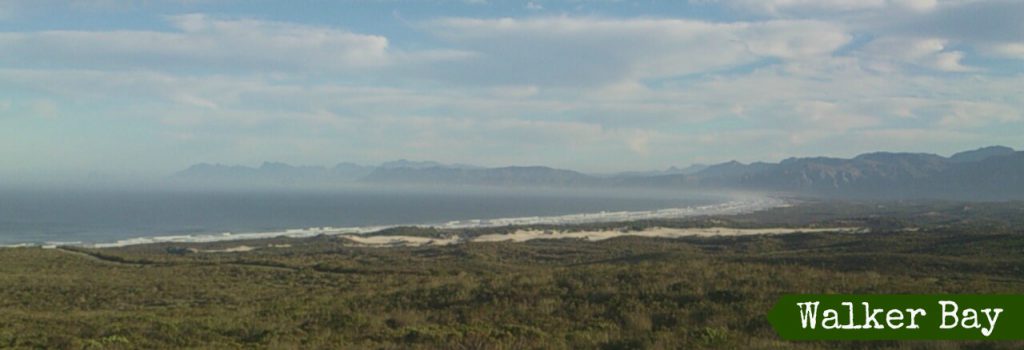
View from Grootbos
By Phil Murray
